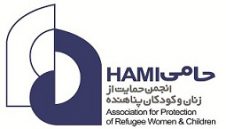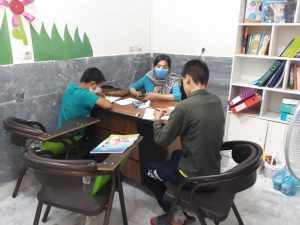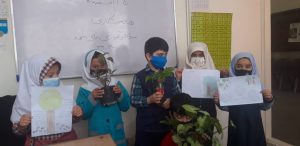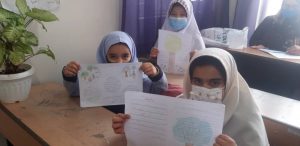The COVID-19 pandemic has created the largest disruption of education systems in history, affecting nearly 1.6 billion learners in more than 190 countries and all continents. Closures of schools and other learning spaces have impacted 94 per cent of the world’s student population, up to 99 per cent in low and lower-middle income countries.
The crisis is exacerbating pre-existing education disparities by reducing the opportunities for many of the most vulnerable children, youth, and adults – those living in poor or rural areas, girls, refugees, persons with disabilities and forcibly displaced persons – to continue their learning. Learning losses also threaten to extend beyond this generation and erase decades of progress, not least in support of girls and young women’s educational access and retention.
Some 23.8 million additional children and youth (from pre-primary to tertiary) may drop out or not have access to school next year due to the pandemic’s economic impact alone. Similarly, the education disruption has had, and will continue to have, substantial effects beyond education. Closures of educational institutions hamper the provision of essential services to children and communities, including access to nutritious food, affect the ability of many parents to work, and increase risks of violence against women and girls.
As fiscal pressures increase, and development assistance comes under strain, the financing of education could also face major challenges, exacerbating massive pre-COVID-19 education funding gaps. For low income countries and lower-middle-income countries, for instance, that gap had reached a staggering $148 billion annually and it could now increase by up to one-third.
On the other hand, this crisis has stimulated innovation within the education sector. We have seen innovative approaches in support of education and training continuity: from radio and television to take-home packages. Distance learning solutions were developed thanks to quick responses by governments and partners all over the world supporting education continuity, including the Global Education Coalition covered by UNESCO. We have also been reminded of the essential role of teachers and that governments and other key partners have an ongoing duty of care to education personnel. But these changes have also highlighted that the promising future of learning, and the accelerated changes in modes of delivering quality education, cannot be separated from the imperative of leaving no one behind. This is true for children and youth affected by a lack of resources or enabling environment to access learning. It is true for the teaching profession and their need for better training in new methods of education delivery, as well as support. Last but not least, this is true for the education community at large, including local communities, upon whom education continuity depends during crisis and who are key to building back better.
The COVID-19 crisis and the unparalleled education disruption is far from over. As many as 100 countries have yet to announce a date for schools to reopen and across the world, governments, unions, parents and children are grappling with when and how to approach the next phase. Countries have started planning to reopen schools nationwide, either based on grade level and by prioritizing exam classes, or through localized openings in regions with fewer cases of the virus.
However, given the continued virulence of the virus, the majority of countries surveyed in May–June 2020 had yet to decide on a reopening date. These decisions carry enormous social and economic implications and will have lasting effects on educators, on children and youth, on their parents – especially women – and indeed on societies as a whole.
Educational centers and social services of HAMI during COVID-19
This year, despite the situation of the pandemic and political situation in Afganestan HAMI centers continued their activities among with the new wave of immigration towards Iranian borders that have increased the number of Afghan refugees .
.This year HAMI centers are hosting more than 200 hundred students in our four schools
and since the beginning of the new school year HAMI social service centers provided psychological and counseling services to more than 200 families. We supported vulnerable families, with more than 2,500 relief packages that have been send to students and their families.








